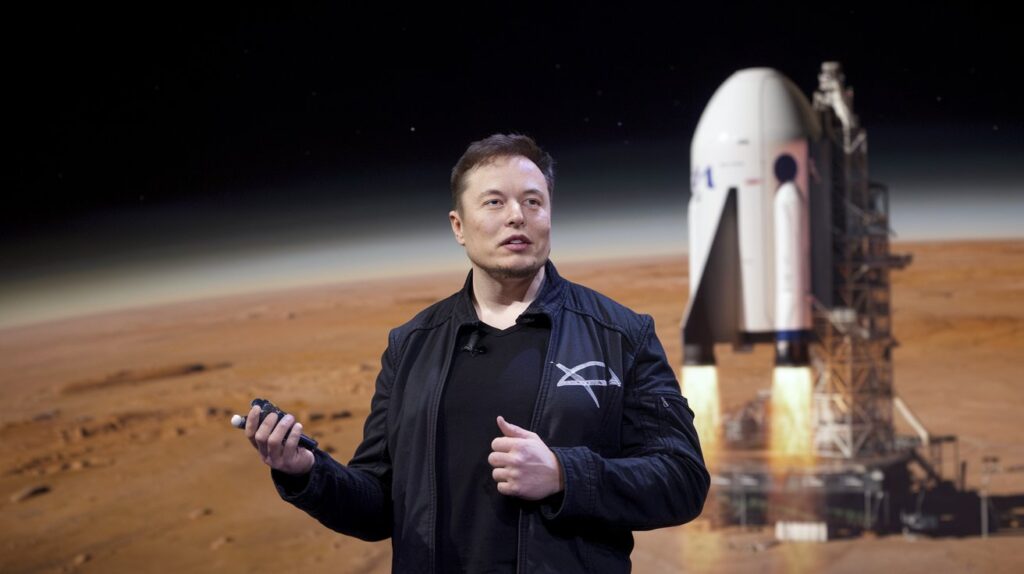SpaceX’s Starship Successfully Lands on Mars Simulation: A Giant Leap for NASA’s Space Exploration Goals
SpaceX’s Starship has made history by successfully landing on a Mars simulation, marking a monumental achievement in the quest for interplanetary exploration. This milestone is a critical step in NASA’s ambitious plans to establish the United States as the global leader in space exploration. The successful simulation not only showcases SpaceX’s technological prowess but also highlights the collaborative efforts between private companies and government agencies to push the boundaries of human spaceflight.
Table of Contents
This blog dives deep into the significance of this achievement, NASA’s broader space exploration strategy, and how this event is shaping the future of space travel. By the end of this article, you’ll understand why this milestone is a game-changer for the US space program and how it positions the country for dominance in the new space race.
The Significance of SpaceX’s Starship Mars Simulation
The Starship Mars simulation was conducted under conditions that closely mimic the harsh environment of the Red Planet. This included testing the spacecraft’s ability to navigate, descend, and land safely on uneven and rocky terrain. The data collected from this simulation will be invaluable for refining the technology and procedures needed for future manned missions to Mars.
This achievement is a testament to SpaceX’s innovative engineering and NASA’s strategic vision. Elon Musk, CEO of SpaceX, has long championed the idea of making humanity a multi-planetary species, and this successful simulation brings that vision one step closer to reality. NASA, on the other hand, sees this as a critical component of its Artemis program, which aims to return humans to the Moon and eventually send astronauts to Mars.
NASA’s Broader Space Exploration Strategy
NASA’s plans for space exploration extend far beyond Mars. The agency is actively working on the Artemis program, which aims to establish a sustainable human presence on the Moon by the end of this decade. The lessons learned from the Starship Mars simulation will directly contribute to the success of these lunar missions, as many of the challenges faced on Mars are similar to those on the Moon.

In addition to lunar and Martian exploration, NASA is investing in advanced propulsion systems, life support technologies, and other critical infrastructure needed for long-duration space travel. These efforts are part of a comprehensive strategy to ensure that the United States remains at the forefront of space exploration, both in terms of scientific discovery and technological innovation.
Why This Matters for the Future of Space Travel
The successful Mars simulation is not just a technical achievement; it’s a symbol of what humanity can accomplish when we work together. It also highlights the growing role of private companies like SpaceX in advancing space exploration. This collaboration between public and private entities is accelerating the pace of innovation and making space travel more accessible.

As we look to the future, events like this will play a crucial role in inspiring the next generation of scientists, engineers, and explorers. The dream of colonizing Mars is no longer science fiction—it’s becoming a tangible reality.
Trending Topics and Public Interest
The Starship Mars simulation has sparked widespread interest and discussion across various platforms. Blogs and articles on the topic are trending on Google, with many experts and enthusiasts weighing in on the implications of this achievement. Some of the most popular discussions revolve around the potential for commercial space travel, the ethical considerations of colonizing other planets, and the technological advancements needed to make these missions a reality.
Conclusion
SpaceX’s Starship successful landing on a Mars simulation is a monumental achievement that brings us one step closer to realizing the dream of interplanetary travel. With NASA’s ambitious plans and the continued collaboration between public and private entities, the future of space exploration looks brighter than ever. As we look forward to the next milestones in this journey, it is important to stay informed and support the efforts that are pushing the boundaries of what is possible. [USnewsSphere.com]








